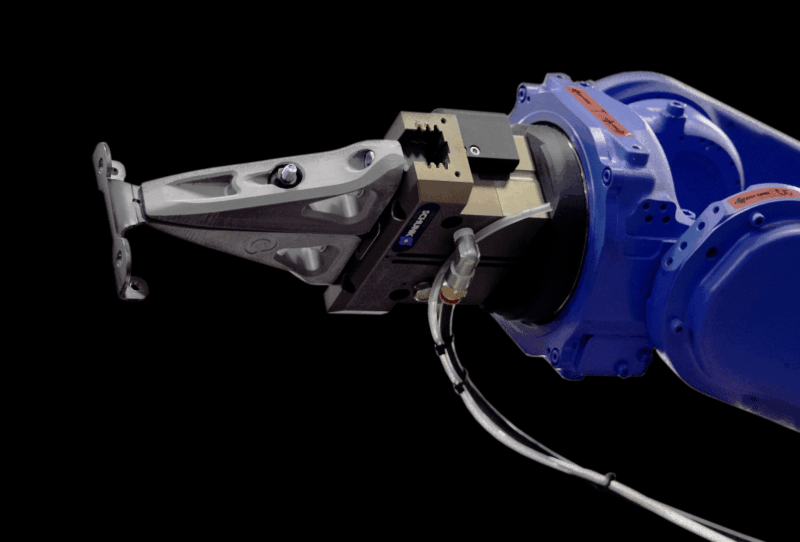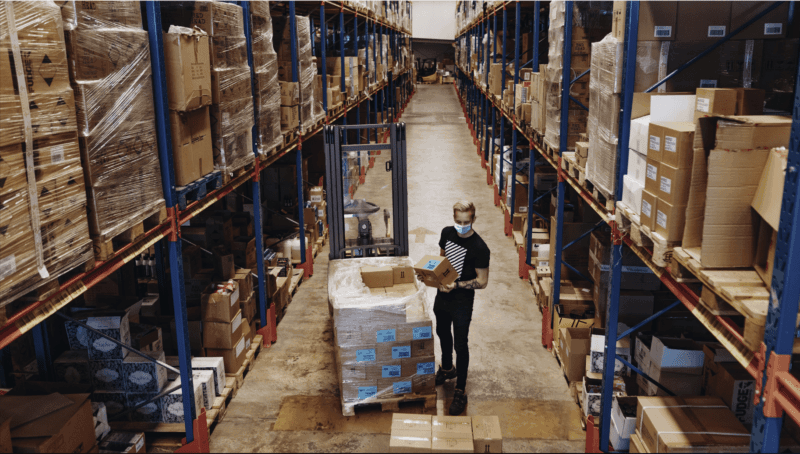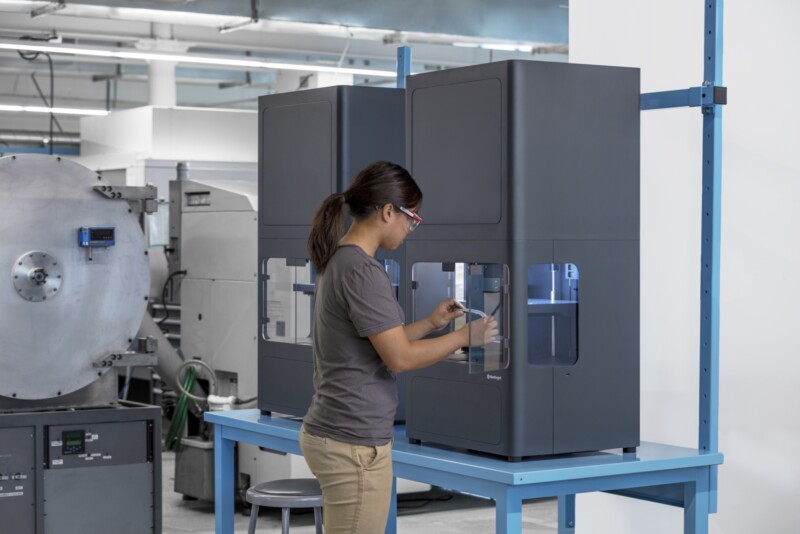Home Page
-
 The Digital ForgePrint strong parts every time with the reliable and easy-to-use additive manufacturing platform
The Digital ForgePrint strong parts every time with the reliable and easy-to-use additive manufacturing platformStrong
Print production-quality parts with the right materials for the job.
Simple
"Just press print" easy with seamless integration into your workflow
Reliable
Rugged and always ready to go, get precisely the same part, every time.
News & Insights
Resources
-
Learn Blog

Additive Manufacturing Today: Why Additive, and Why Now?
Read our new white paper to learn how additive manufacturing has grown in recent years, what today's 3D printers are capable of, and how 3D printing is solving a new set of problems. -
Learn Blog News & Events

Introducing Simulation from Markforged
With Simulation, you can now virtually test the strength and stiffness of your parts right from Eiger. Validate your part’s performance before you hit print. -
Learn Blog

5 Supply Chain Makeovers Powered by 3D Printing
Learn how 5 organizations are using 3D printing to solve supply chain issues. -
Learn Blog

What is Additive Manufacturing? Understanding the Technology and its Impact
Your 101 guide to understanding the current landscape of additive manufacturing from the ground up. -
Learn Blog

Why Integrate Factory Systems With 3D Printing Software?
We all have software systems that drive our day to day operations on the shop floor. What problems would it solve to integrate yours with 3D printing software? -
Learn Blog

What are the Benefits of Adopting Metal 3D Printing? Business Side and Technical Benefits
Metal 3D printing correctly can greatly improve business efficiency and agility — whether through eliminating the need for detail drawings and machine programming, or drastically shortening lead times that bog down product development processes. Learn about the full range of business and technical benefits.
We work with
Let’s get started.
-


